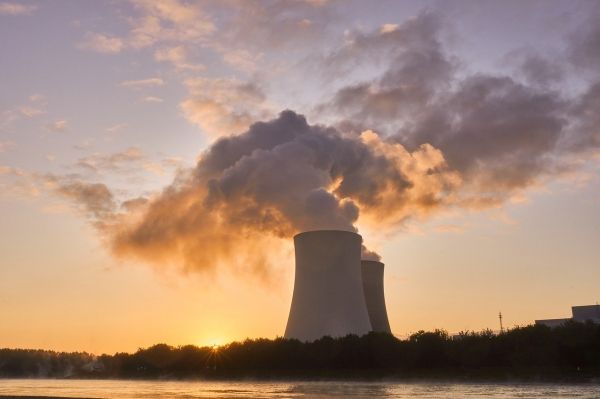Chemical engineers from UNSW Sydney have developed new technology that helps convert harmful carbon dioxide emissions into chemical building blocks to make useful industrial products like fuel and plastics.
And if adopted on a large scale, the process could give the world breathing space as it transitions towards a green economy.
In a paper published today in the journal Advanced Energy Materials, Dr Rahman Daiyan and Dr Emma Lovell from UNSW’s School of Chemical Engineering detail a way of creating nanoparticles that promote conversion of waste carbon dioxide into useful industrial components.
Open flame
The researchers, who carried out their work in the Particles and Catalysis Research Laboratory led by Scientia Professor Rose Amal, show that by making zinc oxide at very high temperatures using a technique called flame spray pyrolysis (FSP), they can create nanoparticles which act as the catalyst for turning carbon dioxide into ‘syngas’ – a mix of hydrogen and carbon monoxide used in the manufacture of industrial products. The researchers say this method is cheaper and more scalable to the requirements of heavy industry than what is available today.
Read more at University of New South Wales
Photo Credit: distelAPPArath via Pixabay


